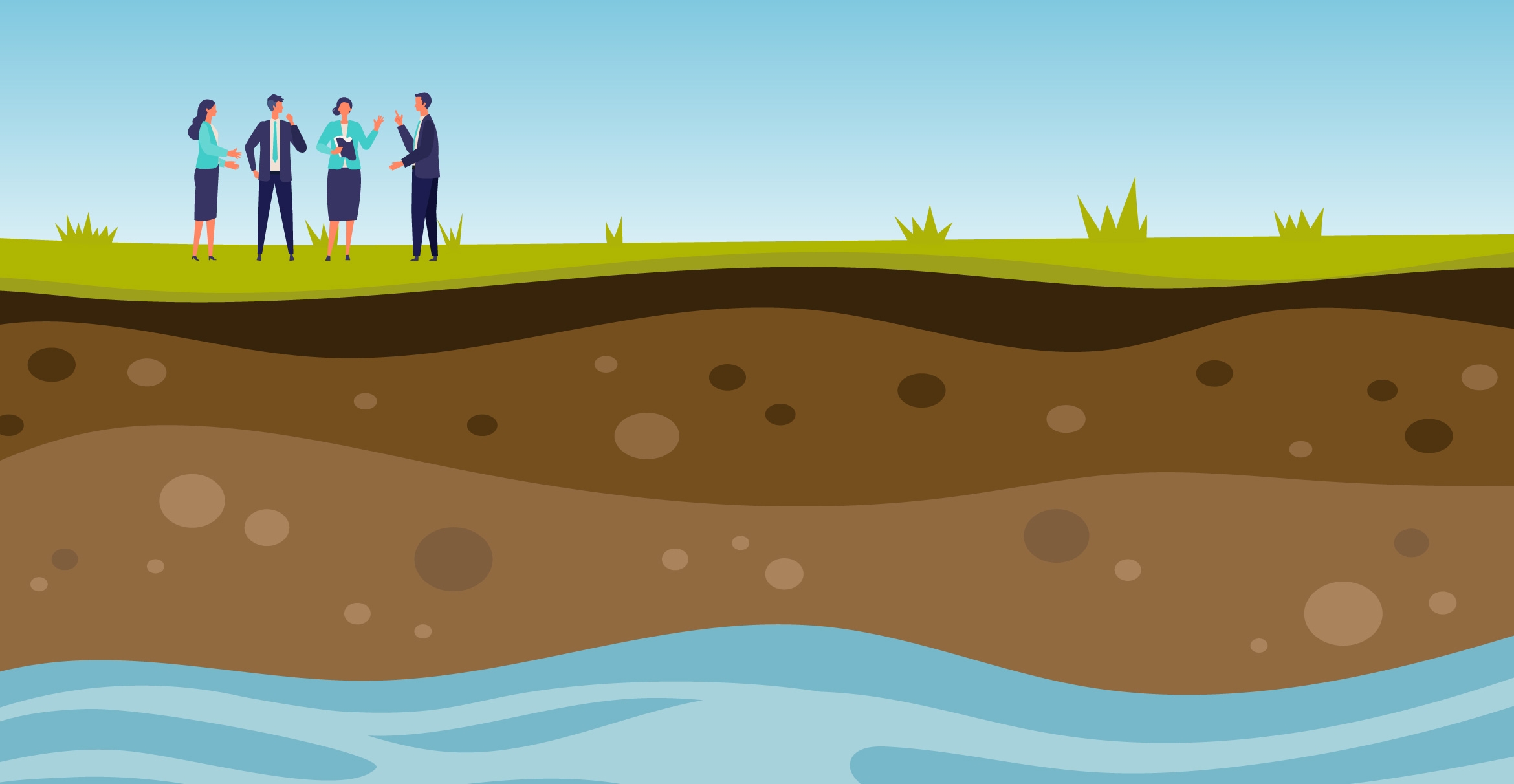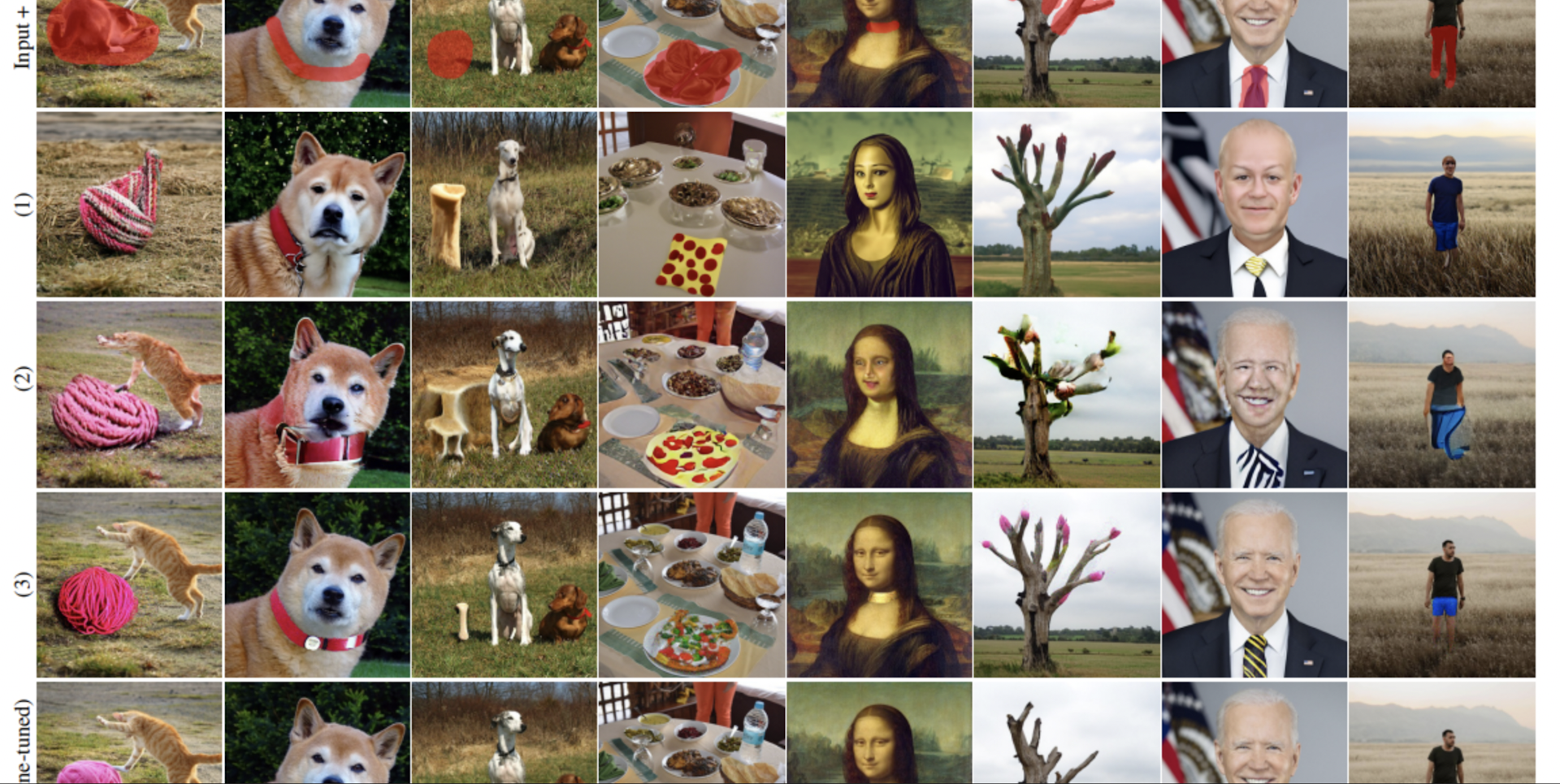A new analysis of nearly 60 million Facebook posts investigates how users’ interest in posts evolves over time, suggesting that the amount of controversy generated by a post is strongly linked to the speed with which it reaches a broad audience—regardless of the specific topic being discussed. Gabriele Etta of Sapienza Università di Roma, Italy,...
Author: sp (sp )
The More Stakeholders Are Included in Policy Planning, the Better Those Policies Protect Them
Having a seat at the table, and voices heard, makes a world of difference when it comes to natural resources. It sounds intuitive, but experts didn’t have enough data to prove it until now. A team of researchers from across the country pored over 108 groundwater management plans in California to see how well they...
Flexible, Supportive Company Culture Makes for Better Remote Work
The pandemic made remote work the norm for many, but that doesn’t mean it was always a positive experience. Remote work can have many advantages: increased flexibility, inclusivity for parents and people with disabilities, and work-life balance. But it can also cause issues with collaboration, communication, and the overall work environment. New research from the...
Humans’ Ancestors Survived the Asteroid Impact That Killed the Dinosaurs
A Cretaceous origin for placental mammals, the group that includes humans, dogs and bats, has been revealed by in-depth analysis of the fossil record, showing they co-existed with dinosaurs for a short time before the dinosaurs went extinct. The catastrophic destruction triggered by the asteroid hitting the Earth resulted in the death of all non-avian...
Shattering the Myth of Men as Hunters and Women as Gatherers
Analysis of data from dozens of foraging societies around the world shows that women hunt in at least 79 percent of these societies, opposing the widespread belief that men exclusively hunt and women exclusively gather. Abigail Anderson of Seattle Pacific University, US, and colleagues present these findings in PLOS ONE. A common belief holds that,...
Humans’ Evolutionary Relatives Butchered One Another 1.45 Million Years Ago
Researchers from the Smithsonian’s National Museum of Natural History have identified the oldest decisive evidence of humans’ close evolutionary relatives butchering and likely eating one another. In a new study published today, June 26, in Scientific Reports, National Museum of Natural History paleoanthropologist Briana Pobiner and her co-authors describe nine cut marks on a 1.45 million-year-old left shin bone from a relative...
Fear Trumps Anger When It Comes to Data Breaches – Angry Customers Vent, but Fearful Customers Don’t Come Back
The big idea When a person is notified of a data breach involving their personal information, if they react with a feeling of fear – as opposed to anger – they’re more likely to stop using the site. That was the main finding of a study I conducted with three co-authors that examined which emotions...
At the Grand Chalet in Rossinière, Balthus’s Family Continues to Make Art
Built in the middle of the 18th century, the Grand Chalet in Rossinière, with its 113 windows and scenic surroundings, brings to mind at least two of Switzerland’s defining features: cheese production – for which it was built – and alpine charm. I had left early to take one of the trains that ride up into the region...
The Folly of Making Art with Text-To-Image Generative AI
Making art using artificial intelligence isn’t new. It’s as old as AI itself. What’s new is that a wave of tools now let most people generate images by entering a text prompt. All you need to do is write “a landscape in the style of van Gogh” into a text box, and the AI can...
Before the Deluge, Who Was Jean-Michel Basquiat?
Jean-Michel Basquiat (1960–88) was by most accounts a sweet kid. He had a baby face and a distinctive walk, one foot pigeon-toed, so he was easy to spot from a block away. He was a pussycat – at least the girls said so – soft-spoken and polite. And he liked to draw. My mother-in-law, an art...






